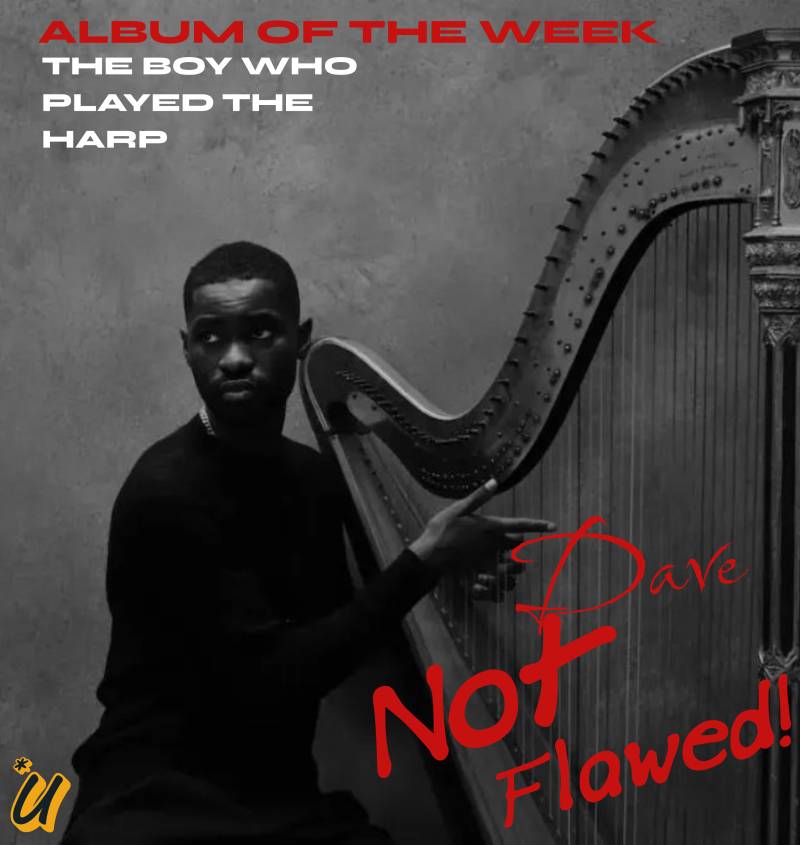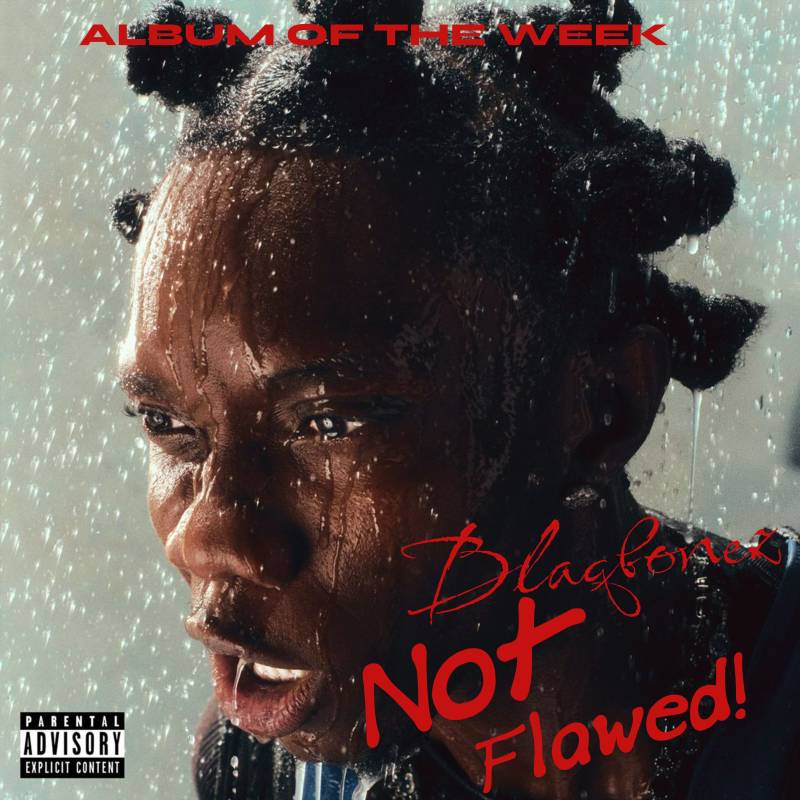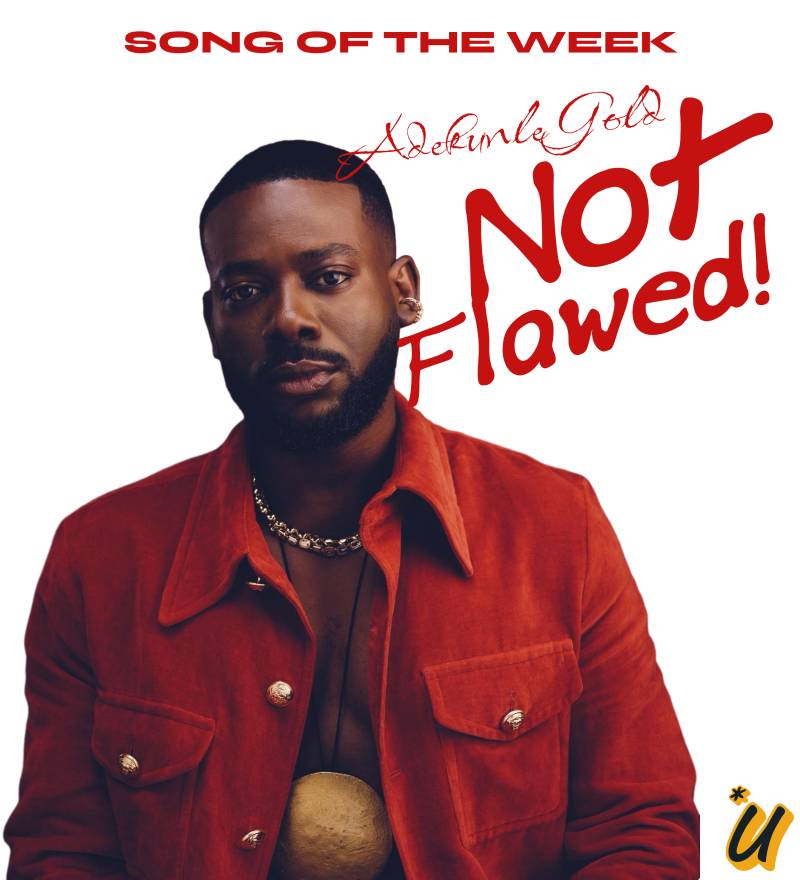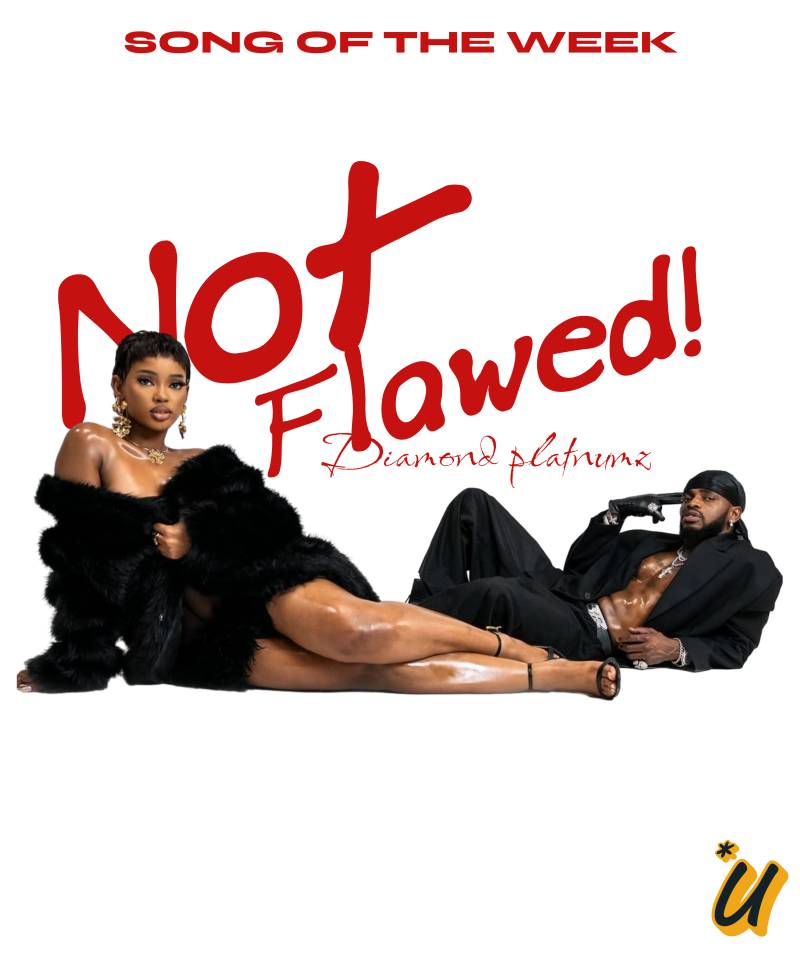The Freedom Rides of 1961 was a nonviolent protest campaign that challenged the segregation of interstate travel facilities by riding interstate buses through the Deep South.
Despite the US Supreme Court decision that deemed segregation in specific facilities for interstate travelers unconstitutional in 1960, segregation laws in the Deep South were still strongly enforced. The Congress of Racial Equality (CORE) organized the Freedom Rides of 1961 to challenge the federal government to take a stand and intervene as Jim Crow laws still ruled over the South.
Organizing the Freedom Rides of 1961

Map of the Freedom Rides of 1961 bus routes, via Civil Rights Movement Archive
An initial attempt of the Freedom Rides was made by CORE in 1947 after the 1946 Morgan v. Virginia case deemed segregation in interstate transportation unconstitutional. However, the campaign, known as the Journey of Reconciliation, was not very successful as it did not receive the national media attention it needed to support the protest’s goals. In the midst of various Civil Rights Movement protests, CORE decided it was time to launch the new Freedom Rides of 1961 campaign.
The Freedom Riders planned to leave from Washington DC on May 4, 1961 to take a 13-day interstate bus trip down through the southern states. The goal was to challenge the segregation of the interstate bus terminal facilities and see if the southern states would integrate while they visited major cities throughout the South. The Riders were divided into two groups: one group rode on a Trailways bus, while the other rode on a Greyhound bus.
Before the Riders left for their trip, they participated in training that involved role-play so they were prepared for the type of behaviors they would face when encountering angry segregationists. An itinerary was created for the trip with New Orleans, Louisiana as the final destination. Once the Riders reached New Orleans, they planned on holding a rally that would also celebrate the seventh anniversary of the Brown v. Board of Education decision.
Who Were the Freedom Riders?

James Peck (left) sitting next to Charles Person (right) on an interstate bus, 1961, via National Endowment for the Humanities, Washington DC
The Freedom Riders was an interracial group that consisted of student and civil rights activist volunteers. The original group of the 1961 Freedom Riders included 13 civil rights activists from varying backgrounds. James Farmer was the director of CORE and led the first group of Freedom Riders. Some of the members included John Lewis, James Peck, Genevieve Hughes Houghton, and Mae Francis Moultrie. More riders joined throughout the campaign.
James Peck was the only member of the original group who also participated in the Journey of Reconciliation campaign in 1947, including civil rights leader Bayard Rustin. As the Freedom Rides of 1961 began to gain national attention, more activists became inspired to join in the campaign. Many activists were students who sacrificed graduating from college in order to participate.
Freedom Riders Meet Violence in the Deep South

Freedom Riders Greyhound bus engulfed in flames in Anniston, Alabama, 1961, via Associated Press
The first few stops in Richmond, Virginia and Greensboro, North Carolina went well for the Riders. Some of the Riders had hopes that residents in the areas they stopped would integrate facilities while they were there, and some did. However, once they reached Rock Hill, South Carolina and traveled further south, violence became a common welcoming from angry white mobs.
While stopped at the Greyhound bus terminal in Rock Hill, John Lewis attempted to sit in a “whites-only” waiting room and was beaten by a mob. Martin Luther King met with the Riders during their journey in Atlanta, Georgia. He allegedly told one of the reporters traveling with the Riders, Simeon Booker, they would “never make it through Alabama.”
The statement made by King held some truth. The Greyhound bus was met by an angry white mob upon their arrival in Anniston, Alabama on May 14, 1961. Once the bus came to a stop, the mob attacked the bus and slashed the tires. When the bus tried to drive away, a car zig-zagged in front of it to try and slow them down until the bus was forced to stop due to the flat tires.
The mob approached the bus again and began breaking the windows before throwing a firebomb in from the back window. The bus quickly became engulfed in flames with the passengers still inside, choking on the thick smoke. Once the Riders could burst through the front doors, they fled out of the bus only to be met with beatings by the mob. A state trooper eventually arrived, firing a single shot in the air to disperse the crowd.
Brutality Continues in Birmingham, Alabama

Freedom Riders beaten by angry white mob in Birmingham, Alabama, 1961, via University of Michigan, Ann Arbor
The Trailways bus managed to make it to Birmingham, Alabama, which was expected to be one of the most dangerous stops on the trip. The Ku Klux Klan (KKK) of Alabama put out an announcement about the Freedom Rides of 1961 and managed to rally hundreds of segregationists for the Riders’ arrival. By this time, the Federal Bureau of Investigation was well aware of the violence that had taken place in Anniston but did not intervene.
When the Trailways bus stopped at the Birmingham Trailways Station on May 15, a massive brawl broke out. The Riders were severely beaten, and many were hospitalized. When they were released from the hospital the following day, they could not find a bus driver willing to drive them to Montgomery and were stranded. The violence in Alabama was covered by national media outlets, forcing federal authorities to intervene. Attorney General Robert F. Kennedy called on his special assistant, John Seigenthaler, to travel to Birmingham to help the Riders get out of Alabama.
Seigenthaler coordinated with the airlines to allow the Riders to quickly board a flight to New Orleans. The Riders thought that the Freedom Rides of 1961 were over as they were unable to reach Montgomery, Alabama and Jackson, Mississippi. However, student activists from Nashville and surrounding areas were following the events of the Freedom Riders and decided to join the campaign to complete the trip.
Federal & State Officials Failed to Support the Freedom Riders

John Seigenthaler (left) with John F. Kennedy (second from right) in the Oval Office, 1962, via John F. Kennedy Presidential Library and Museum, Boston
The Kennedy administration and federal officials were heavily criticized for their lack of enforcement of the new federal laws in the Deep South. John F. Kennedy was more focused on the Cold War at the time and found the Civil Rights Movement to be an afterthought. The only reason the federal government got involved in the Freedom Rides of 1961 was due to the news coverage that led the events of the rides to gain attention internationally. The lack of federal law enforcement became an embarrassment for John F. Kennedy and his administration.
The Alabama Governor, John Peterson, failed to take action when violence first erupted when the Greyhound bus was attacked in Anniston. The FBI’s director, J. Edgar Hoover, refused to allow agents to get involved and ordered them only to observe the events that took place during the Freedom Rides. He was fully aware of the KKK riot that was waiting for the Freedom Riders in Birmingham, Alabama and did not relay this information to Attorney General Robert Kennedy. Hoover had no desire to use FBI resources to help de-escalate the riots in the Deep South.
Robert F. Kennedy was responsible for sending special assistant John Seigenthaler to help the Freedom Riders get out of Birmingham and to New Orleans. He also proposed the ban of segregation on interstate buses and facilities in September, which would take effect two months later.
Second Wave of the 1961 Freedom Rides

C.T. Vivian (left) and Diane Nash (center) with Nashville Freedom Riders of 1961, via National Endowment for the Humanities, Washington DC
Student civil rights activists in Nashville, Tennessee refused to let the violent segregationist mobs immobilize the Freedom Rides of 1961. Diane Nash and other university students organized to send reinforcements to Montgomery to finish the Freedom Rides of 1961. Nash was the coordinator of the group, and ten volunteers were selected.
Seigenthaler received word that more Freedom Riders were on their way to Alabama. He contacted Nash to convince her to call off the campaign and warned her of the dangers the Riders would face upon their arrival. Nash responded by telling Seigenthaler they were aware of the consequences and had signed their last will and testament before departing.
The Nashville Freedom Riders’ trip ended when they were immediately arrested upon arrival in Jackson, Mississippi. Several reinforcements of Riders followed, who were also arrested and sent to the Parchman State Penitentiary. Despite the arrests, activists who were inspired by the original Riders and those who left out of Nashville decided to follow their lead. Some of the Riders saw the arrests as an opportunity to flood the jails in Mississippi and put a strain on the state’s resources needed to hold all of the Riders.
Successes of the Freedom Rides of 1961

New York Freedom Riders leaving for Washington DC to protest segregation, 1961, via Library of Congress, Washington DC
The Freedom Rides of 1961 was one of the most successful nonviolent protest campaigns of the Civil Rights Movement. The Freedom Riders were able to get the attention of national media outlets and gain further support for the movement. The Rides forced the Kennedy administration to acknowledge the violence that civil rights activists were facing in the Deep South. Other countries were appalled to see that the US government was failing to enforce the policies that officials had implemented.
The Freedom Rides of 1961 resulted in the ban of segregation laws in interstate travel facilities, including buses, restrooms, water fountains, and lunch counters. The Interstate Commerce Commission officially banned segregation of interstate travel facilities within their jurisdiction on November 1, 1961. This was a major stepping stone in the Civil Rights Movement, as the Freedom Rides took place just three years before segregation would be outlawed in all public facilities upon the implementation of the Civil Rights Act of 1964.
Amy Hayes
The Collector




